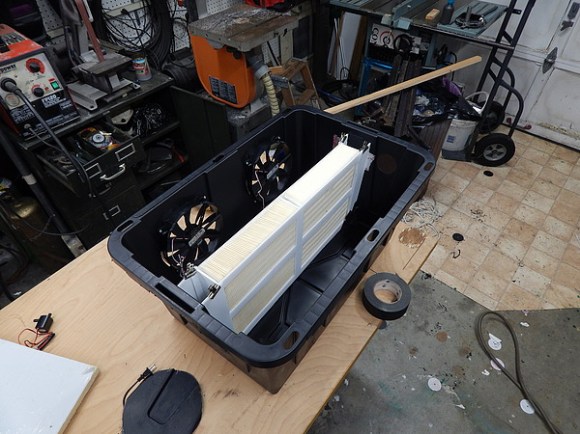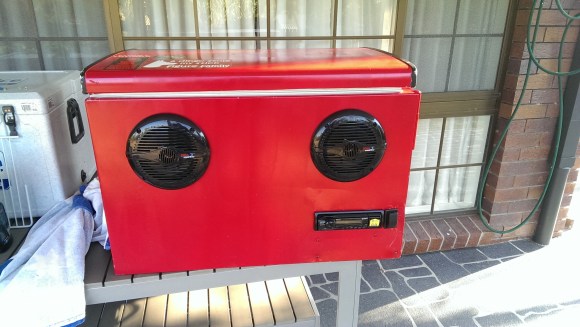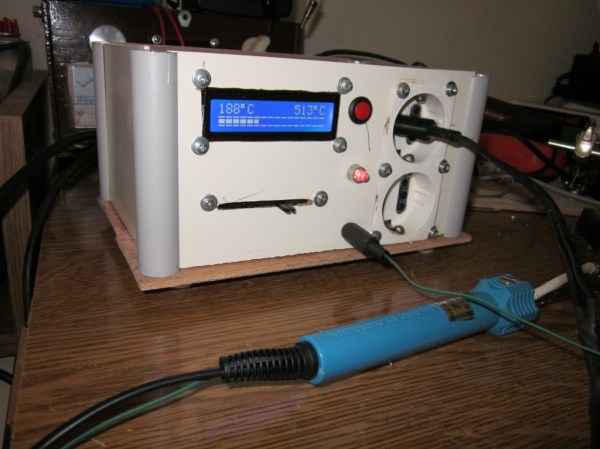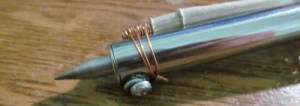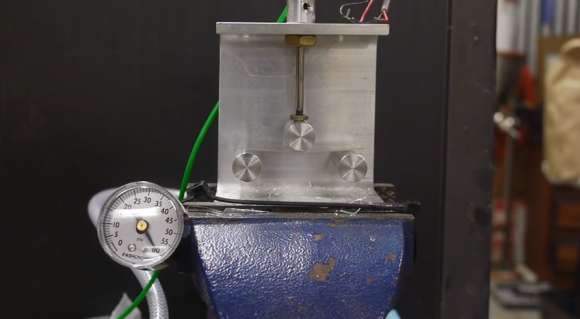 Over the last few years, a few resin / stereolithography printers have been made a few headlines due to print quality that cannot be matched by the usual RepRap style filament printers. These used to be extremely expensive machines, but lately there have been a few newcomers to the field. The latest is the LittleRP, an affordable DLP projector-based resin printer that can be put together for under a kilobuck.
Over the last few years, a few resin / stereolithography printers have been made a few headlines due to print quality that cannot be matched by the usual RepRap style filament printers. These used to be extremely expensive machines, but lately there have been a few newcomers to the field. The latest is the LittleRP, an affordable DLP projector-based resin printer that can be put together for under a kilobuck.
Instead of proprietary resins, the LittleRP is designed to use as many different formulations of UV curing resin as possible, including those from MadeSolid and MakerJuice. These resins are cured with a DLP projector, providing a print area of 60x40x100mm with the recommended 1024×768 projector, or 72x40x100mm with the alternative 1080p projector.
This isn’t the only resin printer that’s come out recently; SeeMeCNC recently announced their cleverly named DropLit resin printer kit, going with the same ‘bring your own projector’ idea as the LittleRP. With the price of the printer, both of these kits should cost less than $1000 USD. With the price of UV resin dropping over the last few years, it might be just the time to get in the resin printer game.

